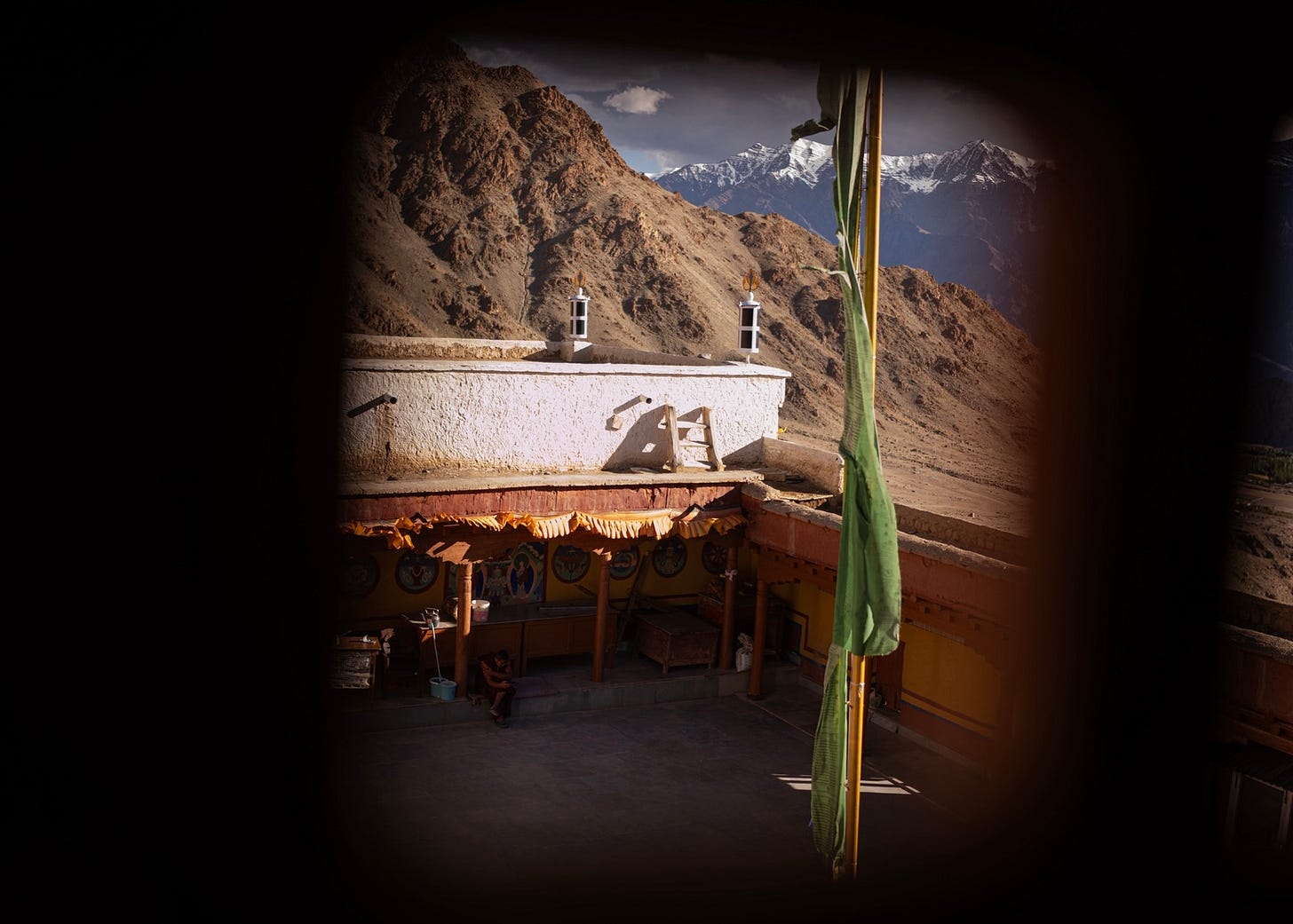On chance encounters
Making friends in the high Himalayas
“Get the tap water. You’ll see it tastes much better than in England,” said a friendly old woman from the next table just as my father ordered bottled water at a pub in Edinburgh. This was in 2007, on my first trip to the UK, over half a decade before I made the city home. I remember thinking then: water is water, no matter which side of the border, so …
Keep reading with a 7-day free trial
Subscribe to Infinity Inklings to keep reading this post and get 7 days of free access to the full post archives.


